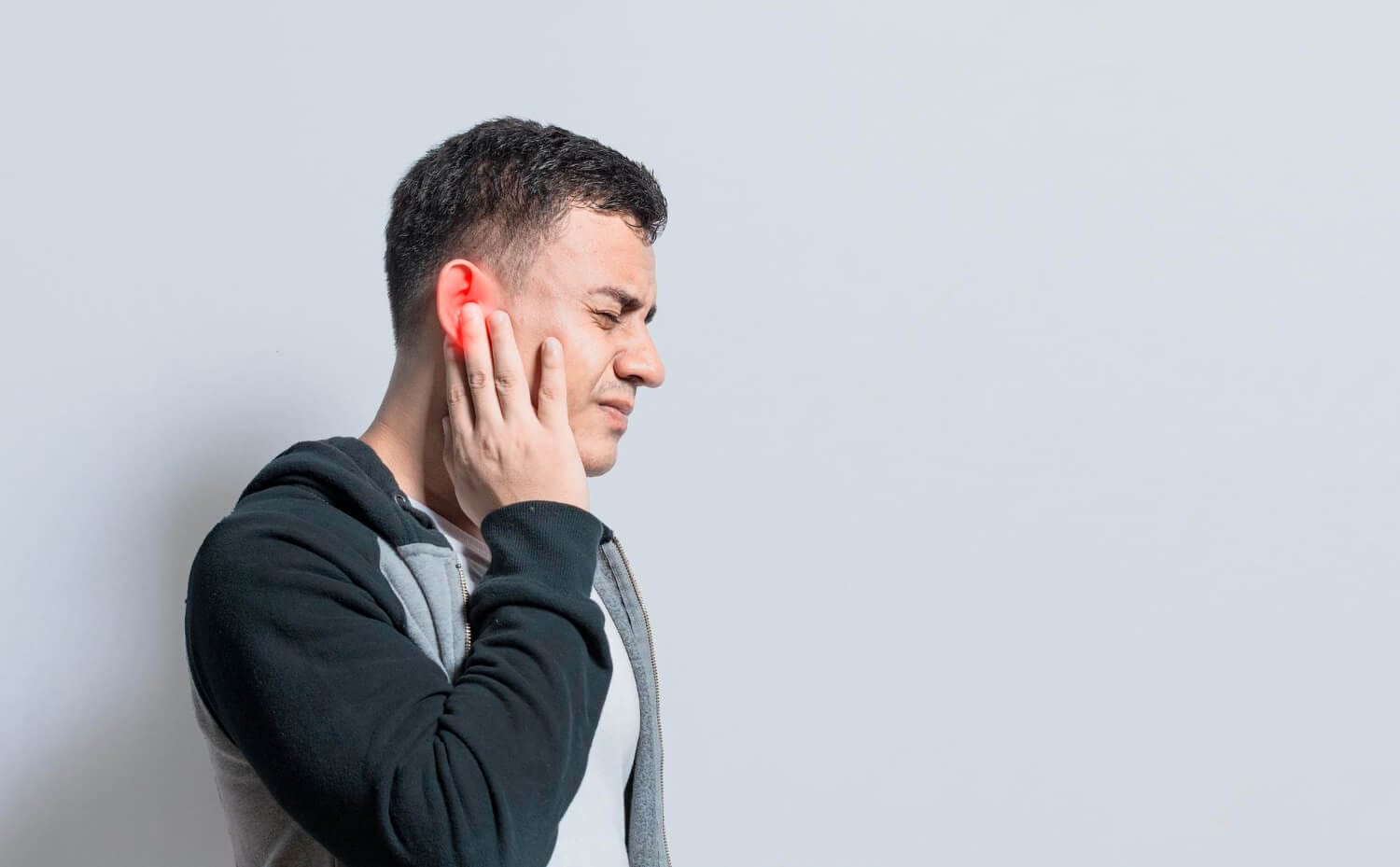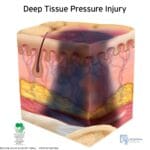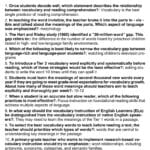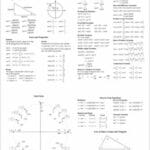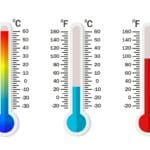Experiencing a ruptured eardrum can disrupt your sleep and cause significant discomfort. This guide provides practical, doctor-approved advice on how to sleep comfortably and promote healing.
Finding Your Best Sleep Position with a Ruptured Eardrum
A ruptured eardrum can make finding a comfortable sleeping position a real challenge. This section offers simple yet effective strategies to minimize discomfort and promote healing while you sleep.
The most frequently asked question is, “Which side should I sleep on?” The answer is generally straightforward: sleep on the side opposite your injured ear. This likely minimizes pressure on the sensitive eardrum and may help speed up the healing process. Sleeping on the affected side probably increases pressure, potentially slowing down healing.
If you’re a dedicated side sleeper and find it difficult to stay on your good side, don’t worry! Propping yourself up with a few extra pillows can work wonders. Elevating your head can reduce pressure in your ear and encourage fluid drainage, which might ease discomfort.
[https://www.lolaapp.com/19-farenheit-to-celcius]
Fast-Tracking Healing: Tips for a Speedy Recovery
So, you’re dealing with a ruptured eardrum and want to know how to speed up the healing process. Beyond finding the right sleep position, here are some essential tips to promote recovery and minimize discomfort.
1. Gentle Slumber: Sleep on the side opposite your injured ear. This simple adjustment minimizes pressure and allows your eardrum to heal undisturbed. If this isn’t comfortable, elevating your head with extra pillows can also help.
2. Ear Protection: Consider using earplugs or a clean cotton ball (placed lightly) to protect your ear from loud noises and prevent anything from accidentally entering the ear canal.
3. Doctor’s Orders: Seeing a doctor is crucial for proper diagnosis, treatment, and personalized advice. They can assess the severity of the rupture and recommend appropriate pain management strategies.
4. Gentle Care: Avoid blowing your nose forcefully, as this can disrupt healing. Also, resist the urge to put anything in your ear canal, as this could introduce bacteria and increase the risk of infection.
5. Rest and Recover: Ample rest is crucial for healing. Just like with any injury, your body needs time to repair the damage.
Protecting Your Eardrum: What Not To Do
Knowing what to avoid with a ruptured eardrum is just as important as knowing what to do. This section outlines key actions to avoid to protect your ear and promote healing.
1. Hands Off: Avoid inserting anything into your ear canal, including cotton swabs, fingers, or other objects. This can cause further damage or introduce infection.
2. Gentle Nose Blowing: Forceful nose blowing creates pressure changes that may disrupt the healing process. Blow gently, one nostril at a time, or sniff carefully.
3. Water Precautions: Keep water out of your ear while it’s healing. This means taking precautions in the shower and avoiding swimming. If you have a ruptured eardrum, a doctor may recommend specialized earplugs for water activities.
4. Medication Consultation: Some over-the-counter pain relievers have blood-thinning properties, so consult your doctor about the best pain management options for your situation. Avoid self-medicating with antibiotics, as they are only effective for bacterial infections and unnecessary use can contribute to antibiotic resistance.
5. Seek Medical Attention: Don’t hesitate to see a doctor if you suspect a ruptured eardrum. They can diagnose the issue, rule out other conditions, and provide a tailored treatment plan.
| What to AVOID | Why? |
|---|---|
| Inserting anything in your ear | Can worsen the tear, introduce infection, or further damage the delicate eardrum. |
| Forceful nose-blowing | Creates pressure changes that can disrupt the healing process. |
| Exposing ear to water | Water in the ear canal increases the risk of infection, especially with a ruptured eardrum. |
| Certain earplugs | Earplugs inserted too deeply can damage the eardrum or introduce bacteria. Consult a doctor before using earplugs. |
| Ignoring symptoms | Prompt medical attention is crucial for accurate diagnosis and appropriate treatment. |
| Smoking | Some studies suggest smoking may irritate the eardrum and hinder healing. |
| Alcohol/Aspirin/Ibuprofen | These can thin the blood, potentially increasing the risk of bleeding in the injured area. Discuss pain management with your doctor. |
| Self-medicating with antibiotics | Antibiotics are ineffective against viruses and overuse can contribute to antibiotic resistance. Consult your doctor for guidance. |
Sleeping with a Leaky Ear: Practical Advice
A leaky ear can make sleep challenging. This section provides practical tips for managing a leaking ear and getting a more restful night’s sleep.
1. Strategic Positioning: Try sleeping on the side that isn’t leaking. If this isn’t feasible, elevate your head with extra pillows to promote drainage and reduce pressure.
2. Protective Barrier: A clean cotton ball (placed lightly) or earplugs (with your doctor’s approval, especially if you suspect a ruptured eardrum) can create a barrier and offer additional comfort.
3. Medical Consultation: A leaky ear can have several causes, ranging from earwax buildup to infection or a ruptured eardrum. Consulting a doctor is essential for proper diagnosis and treatment.
4. Pain Management: Discuss pain relief options with your doctor. They may recommend over-the-counter medications like ibuprofen or acetaminophen, or prescribe something stronger for more severe discomfort.
5. Home Care: A warm compress against your ear can provide soothing relief. Your doctor might recommend a few drops of warm olive oil to soften earwax, but always consult them before trying this.
6. Preventive Measures: While not all leaky ears are preventable, protecting your ears from loud noises, sudden pressure changes, and avoiding inserting objects into the ear canal can reduce your risk.
[https://www.lolaapp.com/0-16-repeating-as-a-fraction]
Important Considerations:
- Symptoms of a Ruptured Eardrum: Common symptoms may include ear pain, hearing loss, drainage (clear, pus-filled, or bloody), tinnitus (ringing in the ear), and dizziness.
- Causes of a Ruptured Eardrum: Common causes include ear infections, sudden pressure changes (e.g., during flying or scuba diving), loud noises, trauma to the ear (e.g., a cotton swab injury), and foreign objects in the ear.
Disclaimer: This information is for general knowledge and does not substitute professional medical advice. Consult a healthcare professional for any concerns about your health. Ongoing research continues to expand our understanding of ear health, so available treatments and recommendations may evolve.
- SYBAU See You Baby Meaning: Gen Z Slang Evolves - July 1, 2025
- Unlock Your Inner Youth: Lifestyle Secrets for a Vibrant Life - July 1, 2025
- Decode SYBAU Meaning: Gen Z Slang Explained - July 1, 2025
